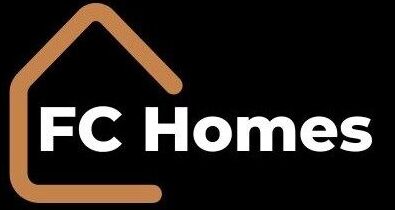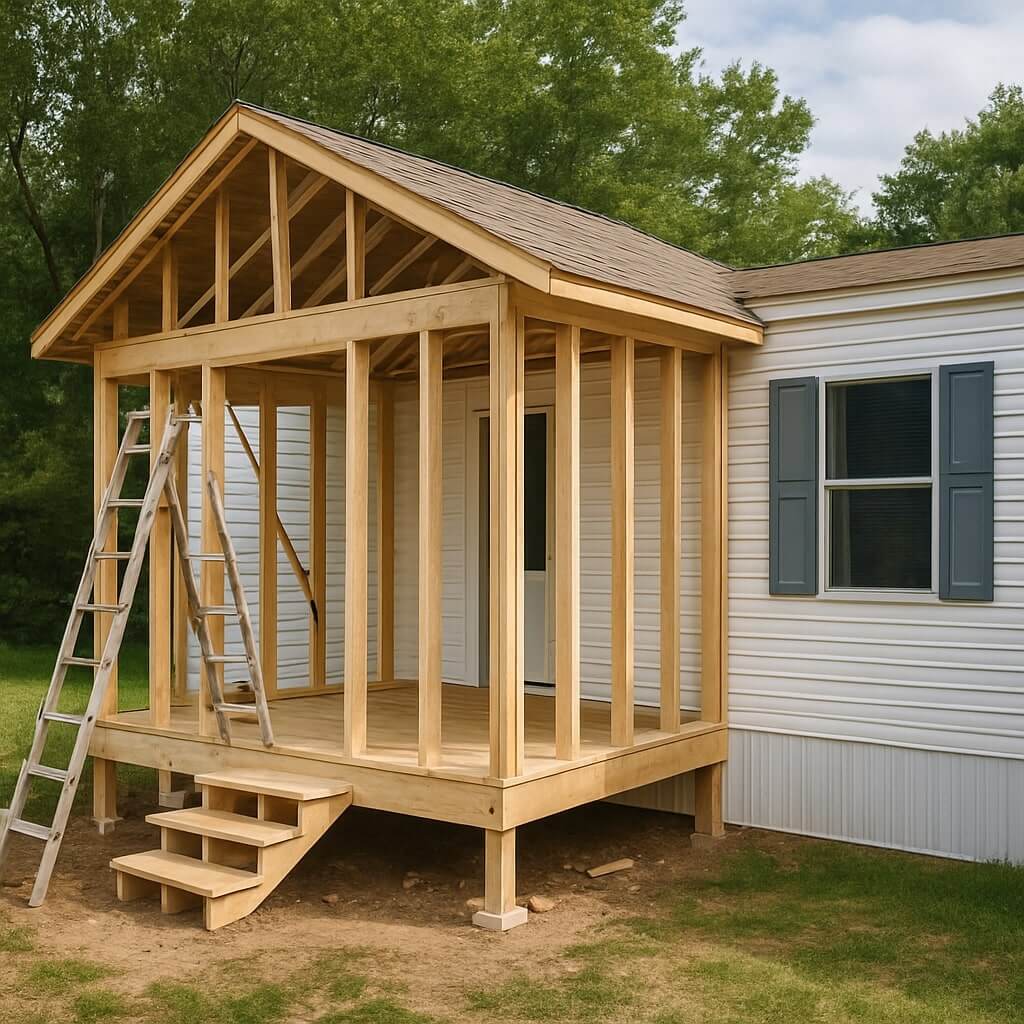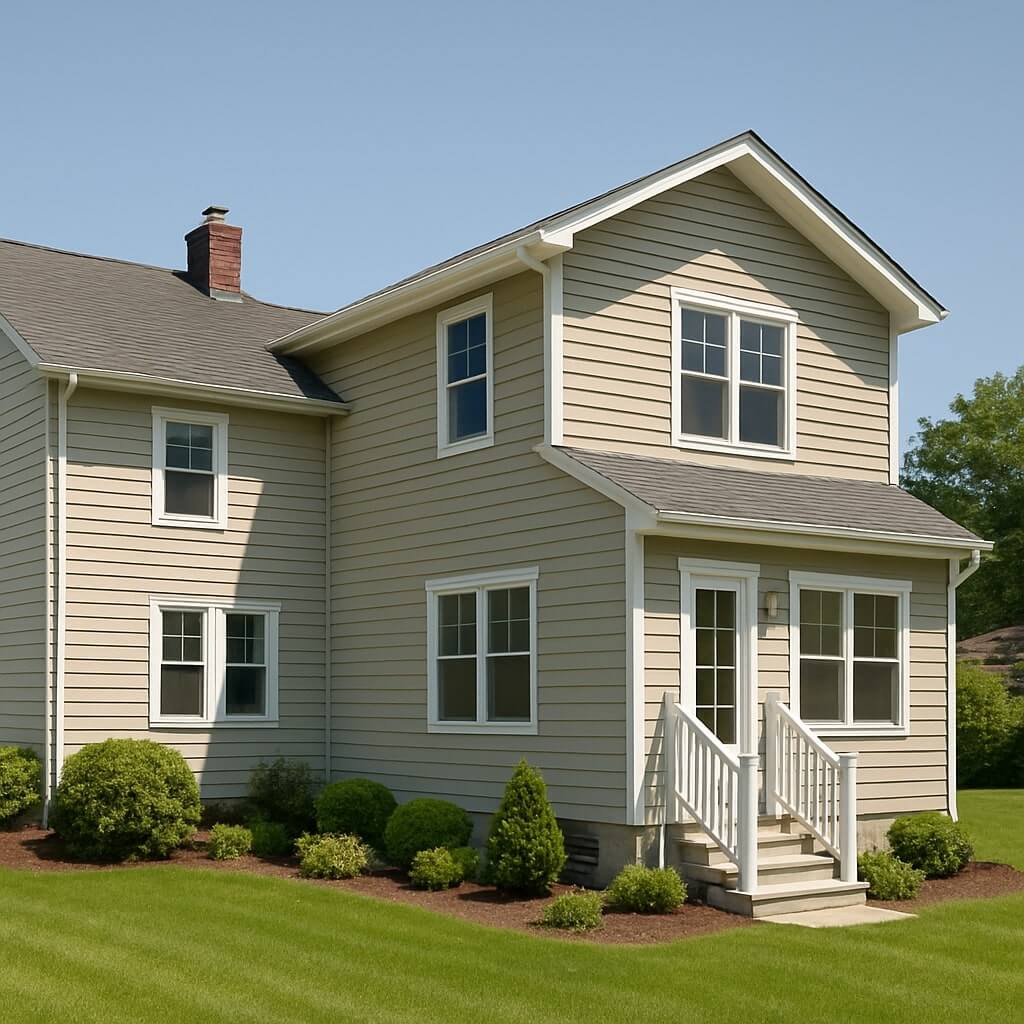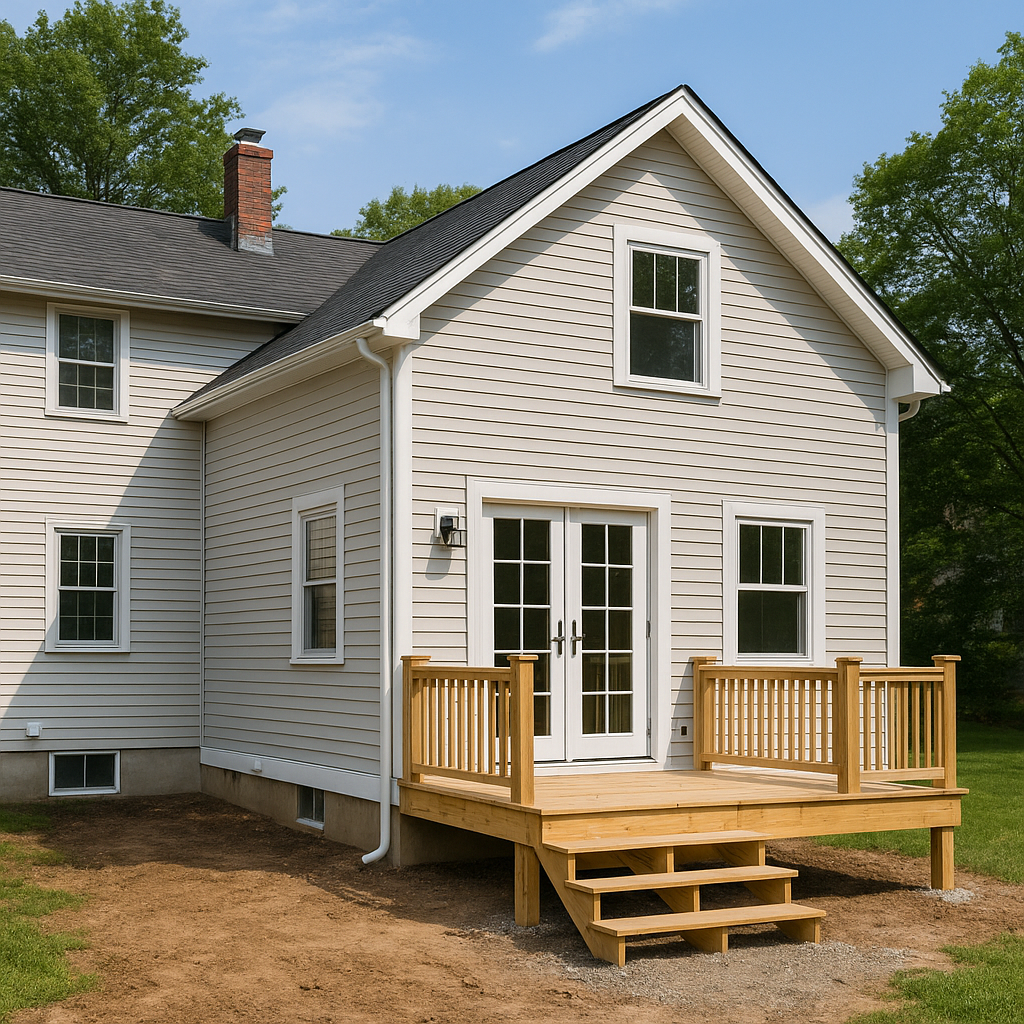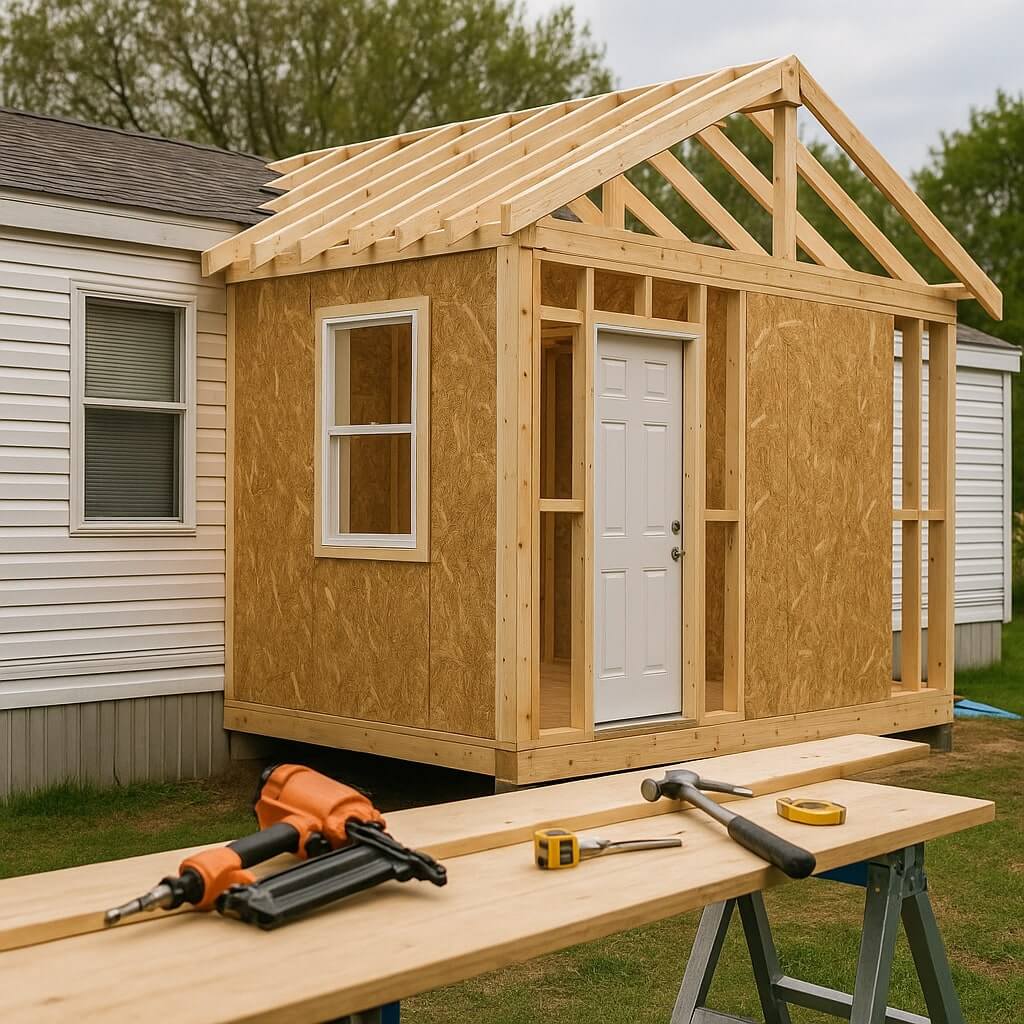When you’re considering building an addition to your mobile home, it’s important to start with a clear understanding of your needs and goals. You’ll need to navigate local building codes and regulations, which can vary greatly. Budgeting is also vital, as costs can quickly add up if you’re not prepared. With the right planning and knowledge, you can create a space that enhances your home’s functionality and comfort. Let’s explore the steps involved.
Key Takeaways
- Assess your family’s needs and goals to determine the size and features of the addition for optimal functionality and comfort.
- Understand local building codes and regulations to ensure compliance and avoid legal issues during construction.
- Develop a detailed budget that includes materials, labor, permits, and a contingency fund for unexpected expenses.
- Design the addition with a focus on space optimization, aesthetic harmony, and energy efficiency using sustainable materials.
- Consider landscaping and interior design elements that create a cohesive look and enhance the overall appeal of the addition.
Assessing Your Needs and Goals

Before diving into building an addition to your mobile home, have you considered what you truly need and want from this space?
Start by evaluating your space requirements. Do you need an extra bedroom, or maybe a larger living area for family gatherings?
Evaluate your space needs—determine if you require an extra bedroom or a larger living area for family gatherings.
Think about your family dynamics—will this addition accommodate growing children or aging relatives?
Prioritize features that enhance comfort and functionality.
Create a list of must-haves versus nice-to-haves to guide your design choices.
Understanding Local Building Codes and Regulations
Understanding local building codes and regulations is essential when planning an addition to your mobile home, as these rules can greatly impact your project’s feasibility and timeline.
Start by checking zoning laws in your area, as they dictate what types of structures you can build and where. You’ll likely need to obtain building permits before starting construction, which guarantees your project complies with safety and design standards.
Visit your local planning office or website to gather necessary information and application forms. Staying informed about these requirements will save you time, money, and potential legal issues down the line.
Developing a Budget for Your Project
As you commence on planning your addition, developing a budget is essential to secure your project stays on track financially.
Start by creating a budget breakdown that includes materials, labor, permits, and any unexpected costs. Research prices and gather quotes to ensure accuracy. Incorporate a contingency fund of at least 10% to cover unforeseen expenses.
Creating a detailed budget that includes all costs and a contingency fund is crucial for a successful project.
As you progress, implement expense tracking to monitor actual spending against your budget. This approach will help you identify areas where you can adjust or save.
Being proactive in budgeting will keep your project efficient and minimize financial stress throughout the process.
Designing Your Addition: Layout and Aesthetics

Once you’ve established a solid budget, the next step is to focus on the design of your addition, ensuring it complements your mobile home while meeting your needs.
Consider the layout carefully; prioritize space optimization to make the most of your square footage. Think about how each area will flow and function, whether it’s a new living room or bedroom.
Additionally, aim for aesthetic harmony by matching the architectural style and color scheme of your mobile home. By blending the old with the new, you’ll create a cohesive look that enhances both your home’s value and your living experience.
Choosing the Right Materials for Your Addition
Selecting the right materials for your addition is essential to guarantee durability, energy efficiency, and aesthetic appeal.
Start with sustainable materials like reclaimed wood or recycled metal, which not only reduce your environmental impact but also provide unique character.
When it comes to insulation options, consider spray foam or fiberglass batts to enhance energy efficiency, keeping your space comfortable year-round.
Choose siding and roofing materials that match your mobile home’s style while ensuring they weather well.
Finally, don’t forget about windows; energy-efficient models can greatly improve insulation, saving you money on utility bills.
Make thoughtful choices for a successful addition!
Hiring Professionals vs. DIY: What to Consider
When deciding between hiring professionals or tackling the project yourself, consider the costs involved and your own skills.
Professional contractors can guarantee quality workmanship but may stretch your budget, while a DIY approach could save money if you have the right experience.
Assess what you’re comfortable handling to determine the best path forward for your mobile home addition.
Cost Considerations
Deciding whether to hire professionals or tackle the addition to your mobile home yourself can greatly impact your budget.
Consider these factors for a solid cost breakdown:
- Labor Costs: Hiring professionals means paying for their expertise, which can considerably increase the total cost.
- Material Expenses: DIY projects may save labor costs, but you must still budget for quality materials.
- Financing Options: Evaluate your financial situation and explore available financing options for either approach.
Weigh these elements carefully to determine the best path for your addition while keeping your budget in check.
Skills and Experience
Skills and experience play essential roles in determining whether you should hire professionals or take on the project yourself. If you have a solid grasp of construction techniques and experience managing projects, you might feel confident tackling the addition.
However, if you’re unfamiliar with building codes or lack the necessary tools, it’s wise to hire experts. Professionals not only bring expertise but also streamline project management, ensuring timelines and budgets are met.
Consider your comfort level with DIY tasks and the complexity of your vision. Ultimately, it’s about balancing your abilities and the potential risks involved in the project.
Obtaining Necessary Permits and Approvals
Before you start building that addition to your mobile home, it’s vital to navigate the maze of permits and approvals that local authorities require.
Understanding the different permit types and the approval process is important for a smooth project. Here’s what you need to do:
- Research Local Regulations: Check your local zoning laws and building codes.
- Gather Required Documents: Prepare blueprints, property deeds, and any other necessary paperwork.
- Submit Applications: File your applications with the appropriate agencies and pay any fees.
Completing these steps will help guarantee you stay compliant and avoid costly delays.
Step-by-Step Construction Process
Now that you’ve secured your permits, it’s time to move into the construction phase.
Start by carefully planning your design, then tackle the foundation and framing to guarantee a sturdy addition.
Each step is essential, so pay attention to details as you build your new space.
Planning and Permits
As you commence on the journey of adding an extension to your mobile home, understanding the intricacies of planning and obtaining the necessary permits is crucial.
Follow these steps to guarantee a smooth process:
- Check zoning requirements: Research local laws to guarantee your addition complies.
- Conduct a site assessment: Evaluate your property for potential issues like drainage or access.
- Gather necessary documentation: Prepare plans, drawings, and applications needed for permits.
Foundation and Framing
Creating a solid foundation and framing for your mobile home addition is essential for stability and longevity. Start by choosing the right foundation type; options include concrete slabs or piers, depending on your climate and soil conditions. Make certain the foundation is level and anchored properly.
Next, select appropriate framing techniques; wood framing is common due to its flexibility and ease of use. Use treated lumber for moisture resistance and follow local building codes for dimensions.
As you frame, make certain proper insulation and airflow to prevent moisture buildup. This careful approach will create a durable and effective addition to your mobile home.
Tips for Ensuring Energy Efficiency
When you’re adding on to a mobile home, ensuring energy efficiency should be a top priority.
Here are three tips to help you achieve this:
- Choose Energy Efficient Appliances: Opt for appliances with ENERGY STAR ratings to reduce energy consumption and save on bills.
- Evaluate Insulation Options: Use high-quality insulation materials in walls and ceilings to minimize heat loss and gain.
- Seal Gaps and Cracks: Check for air leaks around windows and doors, and seal them with weatherstripping or caulk to enhance thermal performance.
Implementing these strategies will keep your addition comfortable and energy-efficient for years to come.
Final Touches: Interior Design and Landscaping

The final touches of your mobile home addition can transform it into a cohesive and inviting space.
Start with color schemes that reflect your style; choose complementary hues for walls, furniture, and decor. Incorporate textiles that enhance comfort while tying everything together.
For landscaping, consider low-maintenance plants that thrive in your climate. Add outdoor lighting to highlight pathways and create a warm atmosphere during evenings. Use string lights or solar-powered fixtures for an eco-friendly touch.
Finally, arrange furniture to encourage conversation and flow, making your new space both functional and aesthetically pleasing.
Enjoy your beautifully designed addition!
Conclusion
Building an addition to your mobile home can greatly enhance your living space and functionality. By evaluating your needs, understanding local regulations, and developing a solid budget, you set the foundation for a successful project. Focus on thoughtful design, choose quality materials, and guarantee energy efficiency for long-term benefits. With careful planning and execution, you’ll create a comfortable and stylish addition that complements your home and meets your family’s evolving needs.
